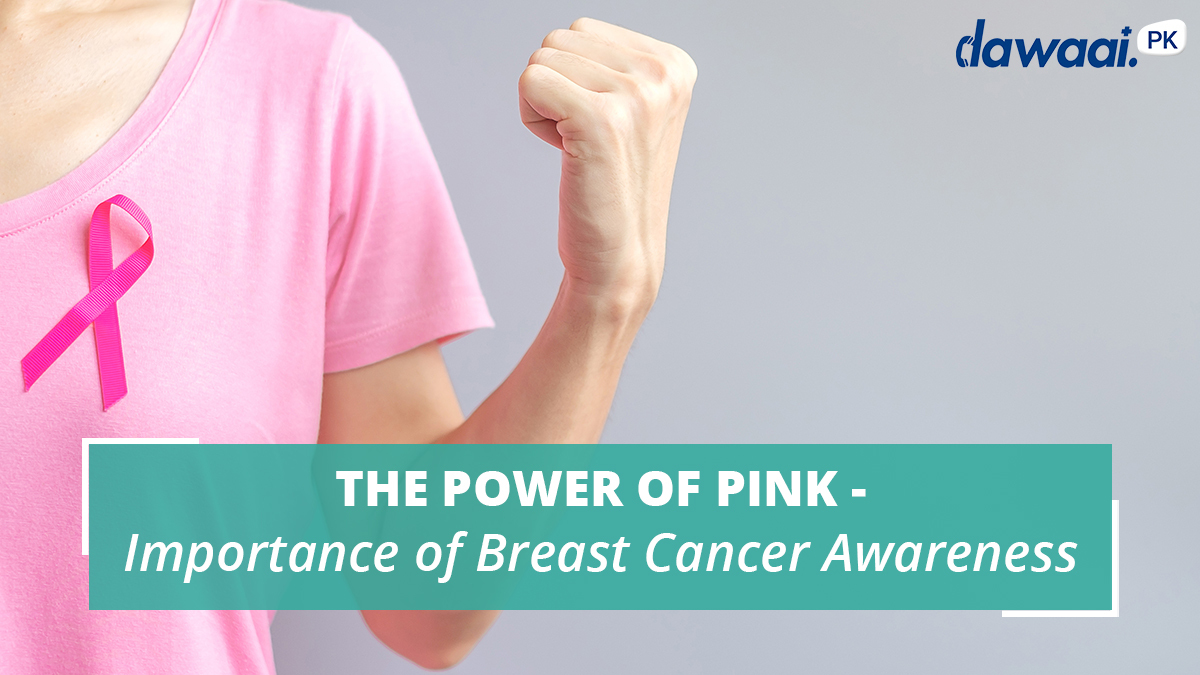Cancer is one of the most life-threatening conditions. One form of cancer which is extremely complicated and lethal is Leukemia. Leukemia is the cancer of blood cells. Leukemia occurs when abnormal blood cells are produced in the bone marrow. White blood cells, which are responsible for fighting infection in the human body are produced abnormally during Leukemia. The cancer spreads when these cells continue to increase and divide and reach a point where they overcome the normal functioning cells in the body. When this point is reached, it becomes difficult for the body to fight infection, transport oxygen within the body and sustain wounds.
Leukemia has different stages and categories. An acute Leukemia is one which develops fast. This occurs when a huge amount of abnormal white blood cells accumulate rapidly. This makes the body develop a number of complications such as vulnerability to bruising, difficult infection sustainability and weakness. In order to tackle this form of Leukemia, fast and aggressive action is extremely important.
As opposed to acute, chronic leukemia develops slowly over time. There are no specific symptoms associated with chronic leukemia however if they are left untreated, the cells will grow exponentially eventually overcoming the normal functioning cells.
Now the biggest question here is what causes Leukemia? The answer lies not just in any one factor but a combination of many. Leukemia is caused by a combination of both genetic and environmental factors. Leukemia cells suffer through a mutation which causes them to grow rapidly and lose the normal functions of a typical white blood cell. However, what causes this mutation is still not clear. Most cases of leukemia are not believed to be hereditary, but certain genetic mutations and conditions can be passed along to offspring that increase the chances of developing leukemia
The most common risk factors of developing Leukemia are exposure to radiation; atomic bomb survivors have been known to suffer from this condition.
Different types of treatment of Leukemia, as with other forms of cancer are existent. The choice of these treatments depends upon the age and gender of the patient along with the stage at which Leukemia has reached.





